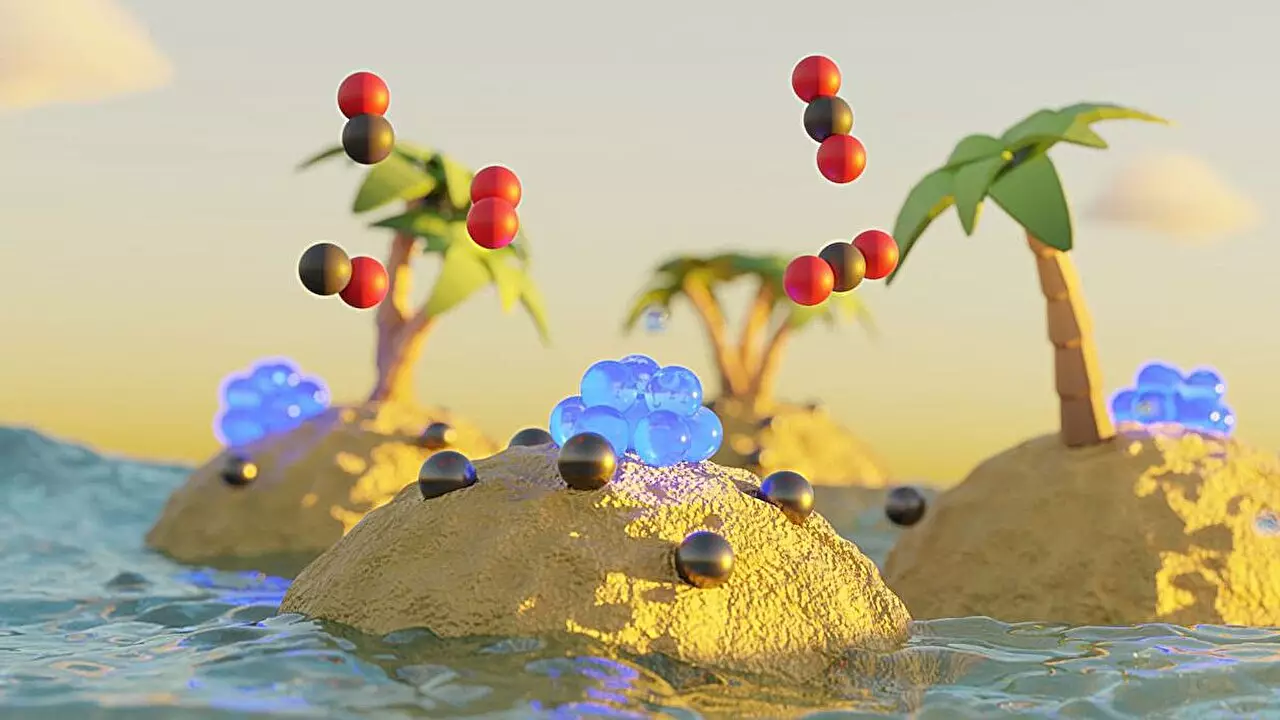Catalysts play an indispensable role in the production of a vast array of chemical products that form the backbone of our daily lives. From pharmaceuticals to plastics, the efficiency of chemical reactions is crucial in determining the cost-effectiveness and environmental impact of these materials. It is estimated that over 90% of all chemical transformations depend on catalysts—substances that accelerate reactions without undergoing permanent changes themselves. The significance of catalysts cannot be overstated; they not only enhance reaction speeds but also lower the energy input needed for various processes, while in many cases making otherwise impossible reactions feasible.
Recent advancements from researchers at the Karlsruhe Institute of Technology (KIT) spotlight a promising way to enhance the efficiency and sustainability of noble-metal catalysts, which are vital in numerous industrial applications. Their innovative approach seeks to bolster the stability of these catalysts while concurrently reducing the amount of noble metals necessary for their fabrication. The findings, published in the well-regarded journal Angewandte Chemie, are a significant step forward in the quest for a more sustainable chemical industry. As Dr. Daria Gashnikova, the lead author of the study, articulated, their work aims to maintain the catalytic effectiveness even when downsizing the amount of precious metal utilized.
Central to this research is the concept of supported catalysts, where the active material responsible for the reaction is dispersed in the form of tiny nanoparticles on a stable support structure. These clusters are subject to dynamic changes that can significantly affect their catalytic performance. Under varying conditions, these nanoparticles can coalesce, forming larger aggregates that reduce the availability of active surface area. Alternatively, they may fragment into single atoms that lack catalytic efficiency. The interplay of these phenomena presents a challenge in optimizing catalyst performance, particularly in terms of stability and effectiveness.
The innovative strategy proposed by the KIT researchers leverages the varying interactions between noble metals and different substrate materials to address the aforementioned challenges. By re-engineering the ways in which these noble metals interact with their supports, the researchers aim to foster a more stable environment for active noble-metal clusters. This novel methodology not only promises to enhance the lifetime and effectiveness of catalysts but also minimizes the dependency on precious resources, a critical factor in promoting sustainable practices within the chemical industry.
The implications of this study are vast, offering a dual benefit of improved performance and reduced material use in catalyst production. As industries continue to face mounting pressure to adopt greener technologies, findings such as these are crucial for driving advancements in chemical processes. Future research can build on this foundation, exploring various combinations of support materials and noble metals, and potentially expanding the methodology to other types of catalysis. The journey towards an optimally efficient and sustainable chemical manufacturing process is ongoing, and innovations like those from KIT are paving the way for a cleaner, more resource-conscious future.


Leave a Reply